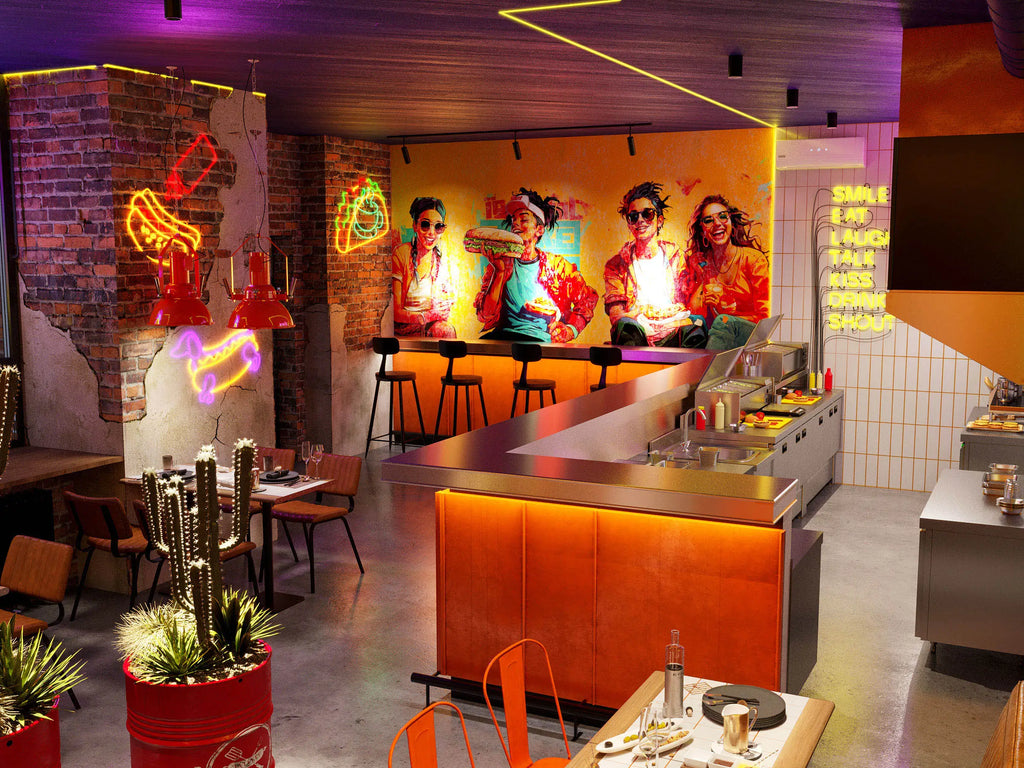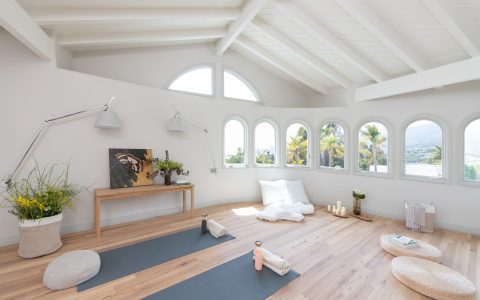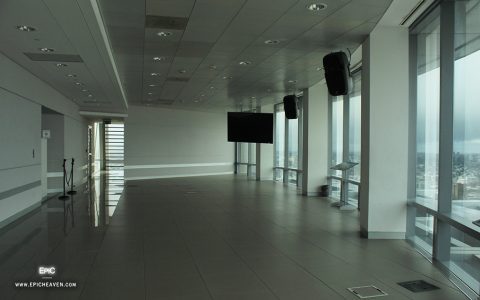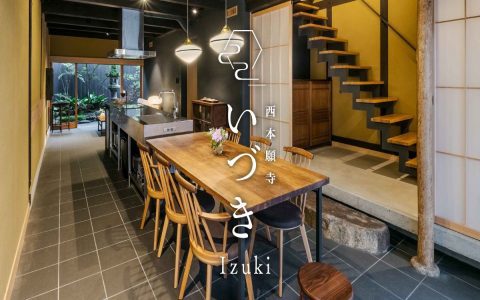Interior design in the fast-food sector has evolved from purely functional to a critical component of brand strategy and customer experience. Effective design balances speed and efficiency with an appealing atmosphere that encourages patronage and reinforces brand identity.
Core Objectives of Fast Food Interior Design
The primary goals driving design decisions in fast-food establishments include:
- Operational Efficiency: Streamlining customer flow from entry to ordering, payment, pickup, and exit. Optimizing staff workflow in service and kitchen areas.
- Brand Reinforcement: Creating a physical environment that consistently reflects the brand's values, image, and messaging through colors, materials, and graphics.
- Enhanced Customer Experience: Providing a clean, comfortable, and safe environment that meets customer expectations for a quick-service meal.
- Optimized Seating & Turnover: Maximizing seating capacity while encouraging appropriate dwell times conducive to the fast-food model.
Key Design Elements
Several elements are fundamental to successful fast food interior design:
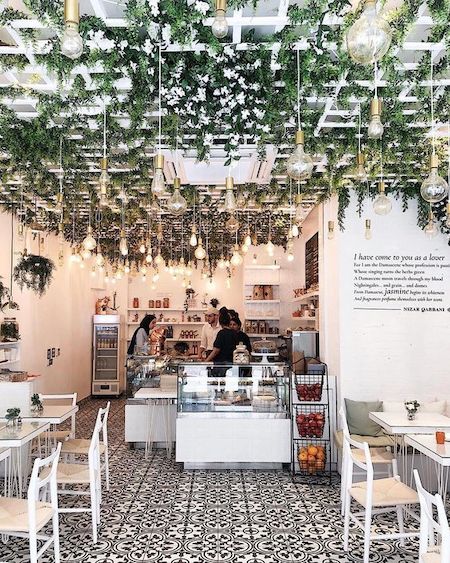
Layout and Flow:
A well-planned layout is paramount. This involves clear pathways, strategically placed ordering counters or kiosks, accessible condiment stations, and distinct zones for dining and waiting. The design must prevent congestion, especially during peak hours.
Seating Solutions:
Variety in seating caters to different customer needs (e.g., individuals, small groups, families). Options often include:
- Fixed banquettes or booths for space efficiency and comfort.
- Loose tables and chairs for flexibility.
- High-top counters with stools for quick solo diners.
Materials must be durable, easy to clean, and resistant to wear and tear. Seat design often subtly influences turnover rates.
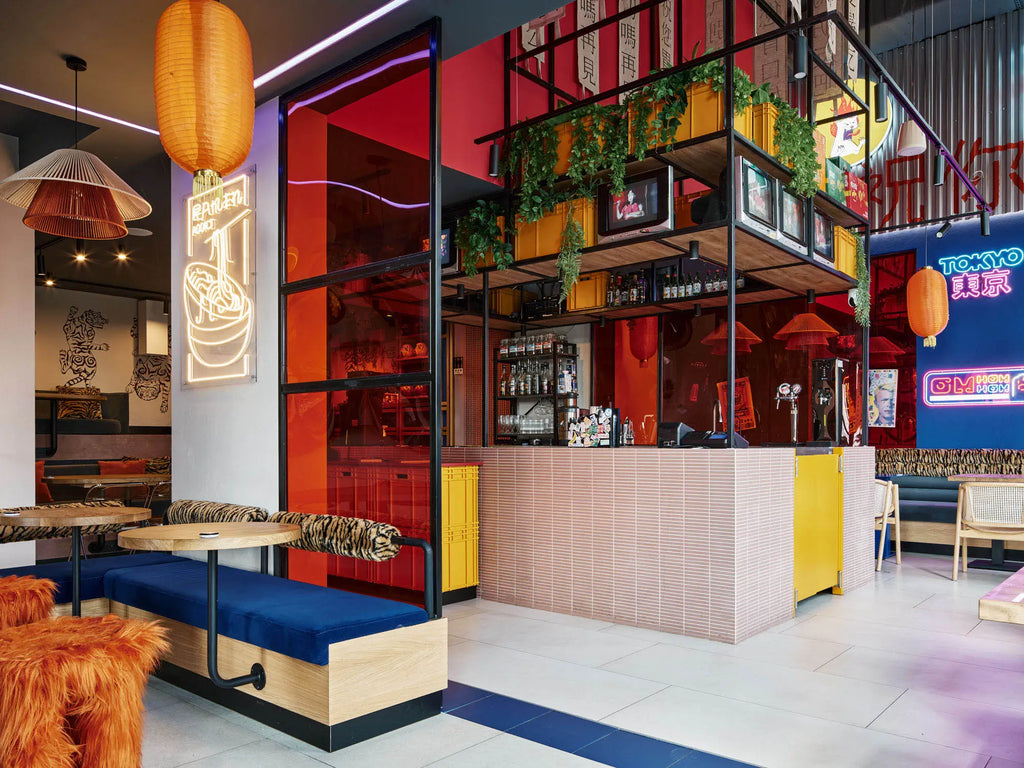
Lighting:
Lighting plays a crucial role in setting the mood and ensuring functionality. Bright, clear lighting is essential in service areas for visibility and cleanliness. Softer, warmer lighting can be used in dining areas to create a more inviting atmosphere. Accent lighting can highlight branding elements or architectural features.
Color Palette and Materials:
Colors are powerful brand communicators and can influence customer perception and appetite. Brand-specific colors are typically prominent. Material selection prioritizes durability, hygiene, and ease of maintenance. Common choices include laminates, tiles, stainless steel, solid surfaces, and resilient flooring.
Branding Integration:
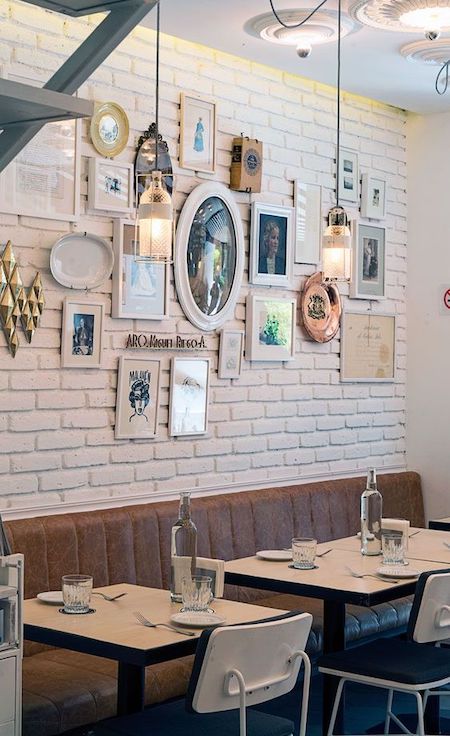
Beyond colors, branding is integrated through signage, logos, graphics, murals, and even custom furniture or fixtures. The integration should be cohesive and reinforce brand recognition without overwhelming the space.
Technology Integration:
Modern fast-food interiors increasingly incorporate technology such as digital menu boards for dynamic content, self-service ordering kiosks to improve efficiency, and potentially charging ports for customer convenience.
Evolving Trends in Fast Food Design
The fast-food design landscape is continually adapting:
- Sustainability: Growing emphasis on eco-friendly materials, energy-efficient lighting (LEDs), water-saving fixtures, and waste reduction systems.
- Authenticity and Localization: Some brands incorporate local art, materials, or design motifs to create a sense of community connection and uniqueness.
- Elevated Dine-in Experience: A move towards more comfortable, aesthetically pleasing interiors, sometimes borrowing cues from fast-casual restaurants to encourage dine-in traffic and longer stays where appropriate.
- "Instagrammable" Features: Designing visually distinctive elements or backdrops that encourage social media sharing, providing organic marketing.
- Emphasis on Hygiene and Safety: Post-pandemic, designs focus more on visibly clean surfaces, contactless options, and clear sanitation protocols.
- Modular and Flexible Design: Spaces that can be easily adapted for different promotions, dayparts, or changing operational needs.
Ultimately, fast food interior design is a strategic tool that directly impacts operational success, brand perception, and customer loyalty in a highly competitive market.
